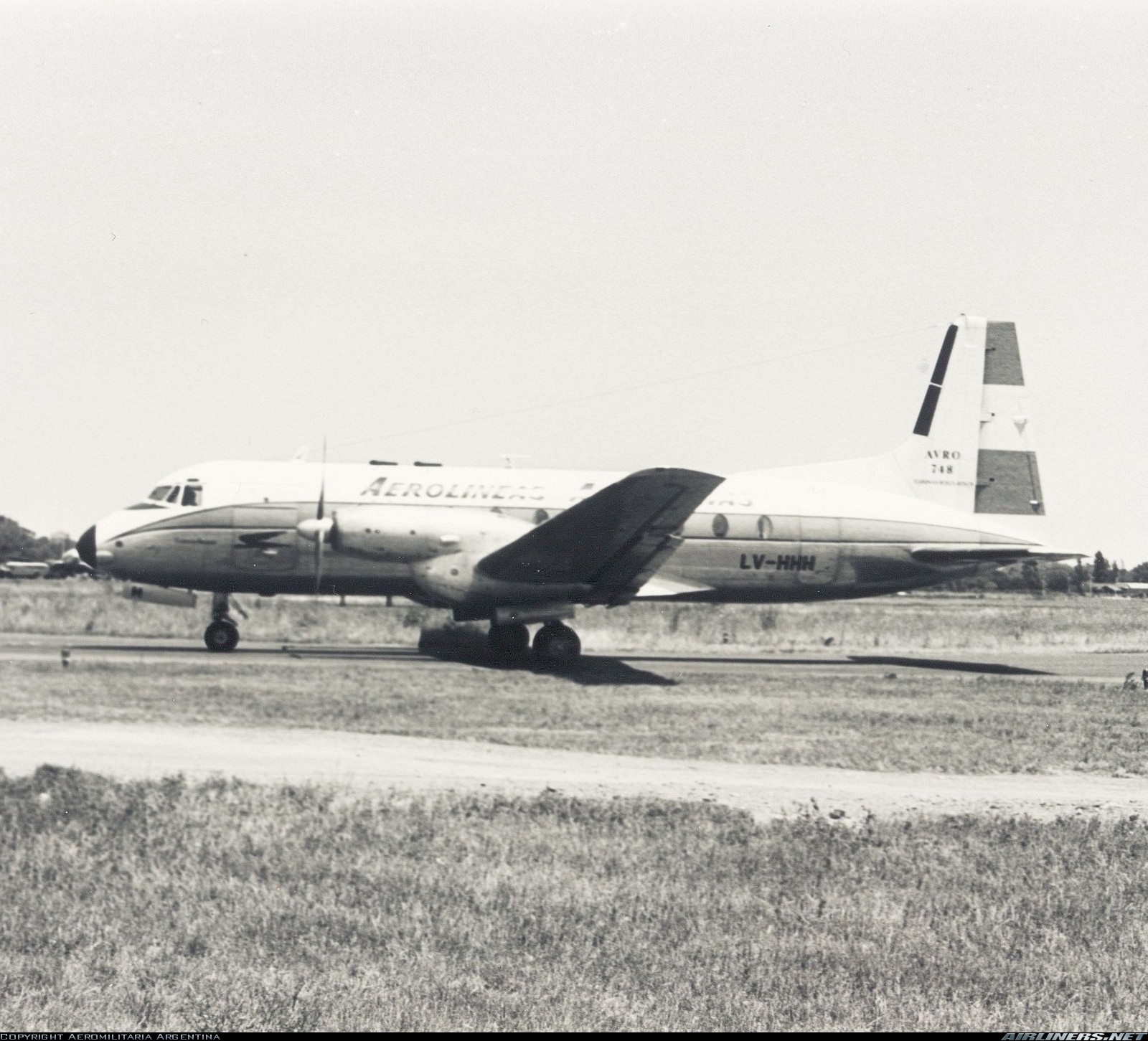Country
Operator Image

Crash of a Boeing 737-287C in San Luis
Date & Time:
Nov 20, 1992 at 2110 LT
Registration:
LV-JNE
Survivors:
Yes
Schedule:
San Luis - Buenos Aires
MSN:
20408
YOM:
1970
Flight number:
AR8524
Crew on board:
6
Crew fatalities:
Pax on board:
107
Pax fatalities:
Other fatalities:
Total fatalities:
0
Circumstances:
The landing at San Luis Airport was relatively heavy so the copilot requested ground personnel to check the undercarriage before departure, and nothing abnormal was reported. During the takeoff roll, just before the aircraft reached V1 speed, the tyre n°4 burst while the tyre n°3 lost pressure. The captain decided to abort the takeoff maneuver and initiated an emergency braking procedure. Unable to stop within the remaining distance, the aircraft overran, lost its undercarriage and came to rest 125 metres further, bursting into flames. All 113 occupants evacuated safely while the aircraft was destroyed by a post crash fire. It was reported the aircraft landed hard at San Luis Airport at 2046LT and took off at 2110LT, giving a gap of 24 minutes between landing and takeoff.
Probable cause:
Aborted takeoff and subsequent overran and destruction of the aircraft following the failure of both tyres on the right main gear during takeoff. The following contributing factors were reported:
- The flight schedule with reduced time scales and short 'stopover' failed to allow the necessary cooling of wheels and brakes, giving rise to the deflation and subsequent destruction of the tyre n°4 and the explosion and destruction of the tyre n°3,
- Limited braking action on the landing gear assembly,
- Partial knowledge and ignorance of the times and procedures for cooling the wheels by the pilots,
- Delay in the departure of the flight, with respect to the scheduled time,
- Difficulty in appreciating at San Luis Airport during a night takeoff, visual references of runway,
- Lack of concern during the takeoff abort on part of the pilots.
- The flight schedule with reduced time scales and short 'stopover' failed to allow the necessary cooling of wheels and brakes, giving rise to the deflation and subsequent destruction of the tyre n°4 and the explosion and destruction of the tyre n°3,
- Limited braking action on the landing gear assembly,
- Partial knowledge and ignorance of the times and procedures for cooling the wheels by the pilots,
- Delay in the departure of the flight, with respect to the scheduled time,
- Difficulty in appreciating at San Luis Airport during a night takeoff, visual references of runway,
- Lack of concern during the takeoff abort on part of the pilots.
Final Report:
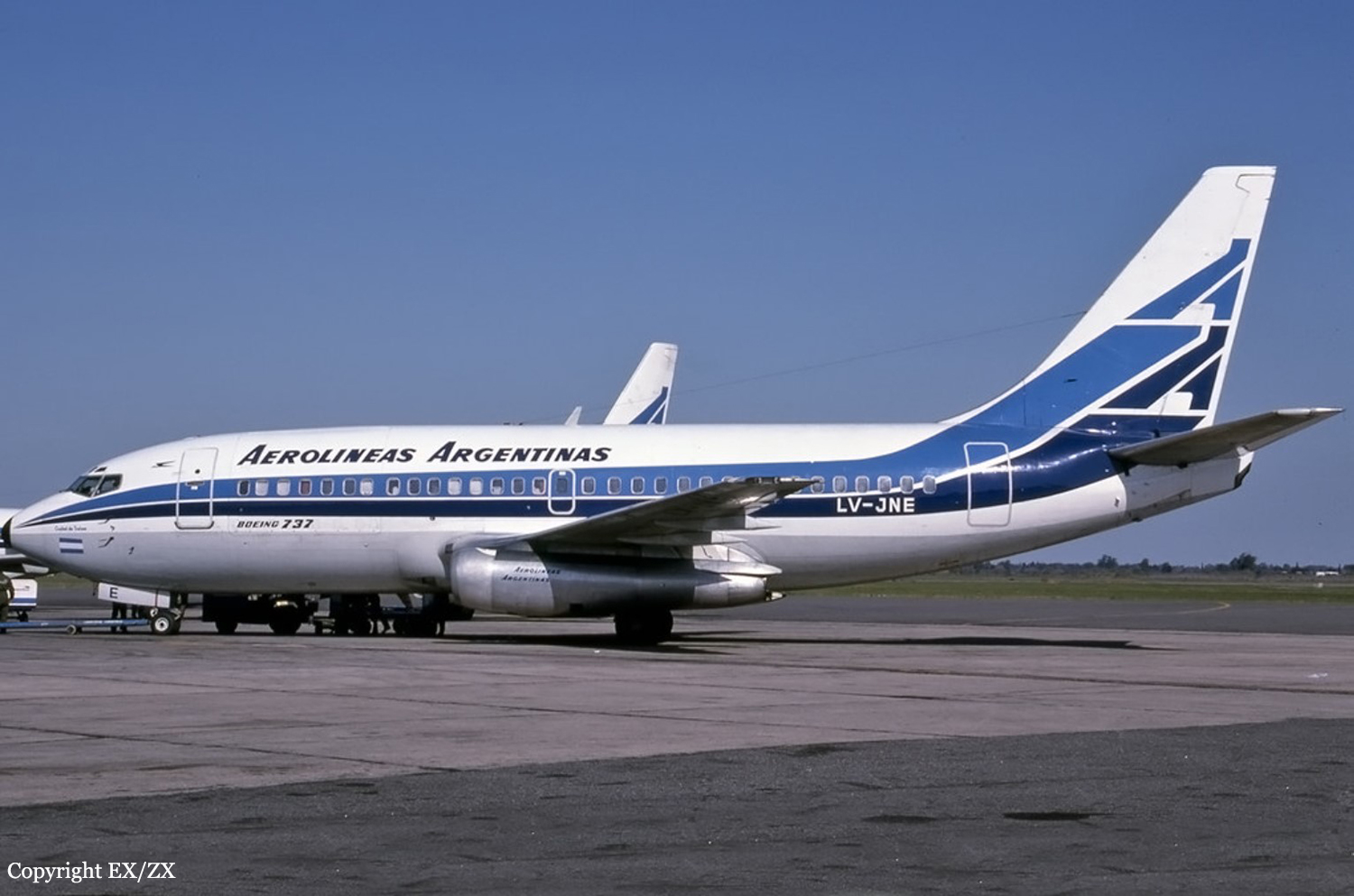
Crash of a Fokker F28 Fellowship 4000 in Villa Gesell
Date & Time:
Jan 5, 1990 at 2150 LT
Registration:
LV-MZD
Survivors:
Yes
Schedule:
Buenos Aires - Villa Gesell
MSN:
11127
YOM:
1977
Crew on board:
5
Crew fatalities:
Pax on board:
85
Pax fatalities:
Other fatalities:
Total fatalities:
0
Aircraft flight hours:
3651
Aircraft flight cycles:
5420
Circumstances:
On approach to Villa Gesell Airport, the crew decided to abandon the approach, followed a circuit and eventually decided to land on the opposite runway. After takeoff on the wet runway 10, the aircraft was unable to stop within the remaining distance. It overran, lost its nose gear and right main gear and came to rest few dozen meters further, bursting into flames. All 90 occupants were quickly evacuated before the aircraft would be completely destroyed by fire.
Probable cause:
Improper use of controls on part of the crew caused the aircraft to overrun after landing. Marginal weather conditions were considered as a contributing factor.
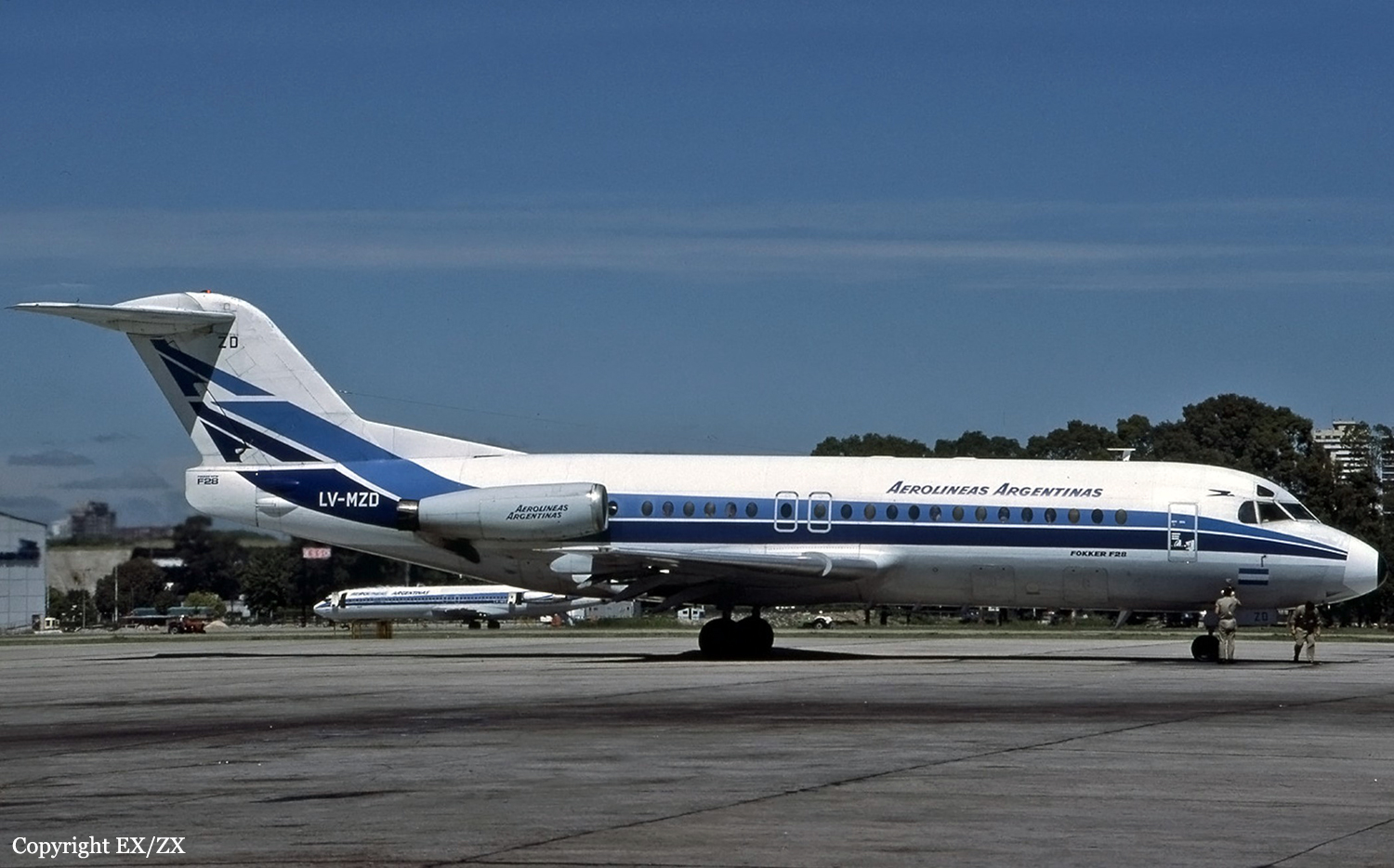
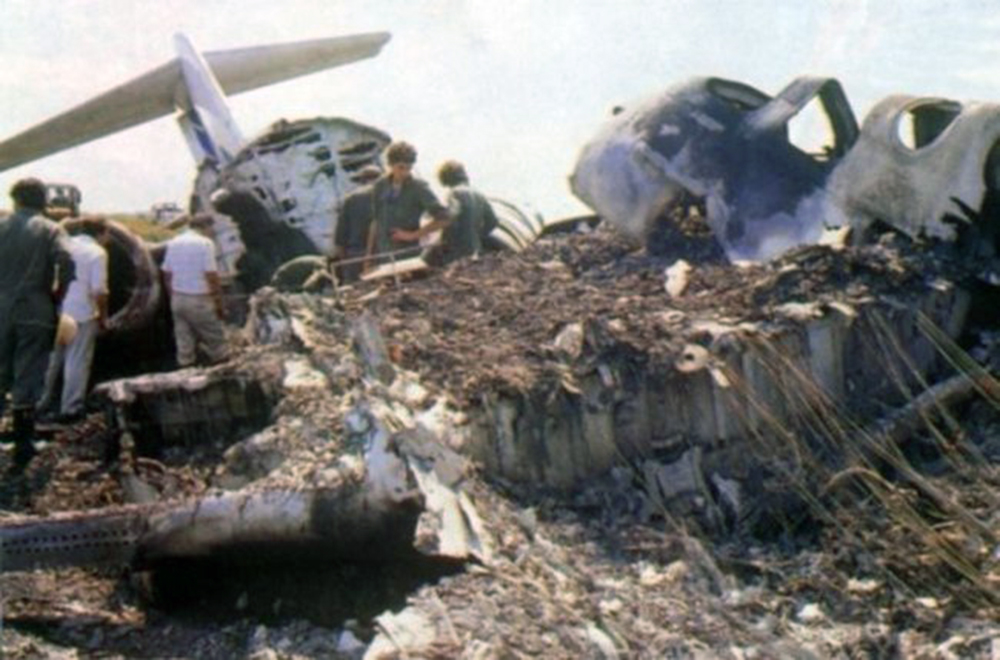
Crash of a Boeing 737-287 in Ushuaia
Date & Time:
Sep 26, 1988 at 1136 LT
Registration:
LV-LIU
Survivors:
Yes
Schedule:
Buenos Aires – Bahia Blanca – Río Grande – Ushuaia
MSN:
20964
YOM:
1974
Flight number:
AR648
Crew on board:
6
Crew fatalities:
Pax on board:
56
Pax fatalities:
Other fatalities:
Total fatalities:
0
Circumstances:
While descending to Ushuaia Airport, the crew was informed about the weather conditions at destination: wind 230° at 12 knots, runway 16 in use, visibility 30 km, 3/8 SC at 1,200 meters, 2/8 CU at 1,500 meters, temperature 9° C, QNH 998,4 mb. After passing 8,000 feet on descent, the crew was cleared to land on runway 16 but the captain prefered to land on runway 34 as the last report indicated a wind from 360° gusting at 20 knots. Therefore, the crew was informed about possible windshear on approach. At an excessive speed of 140 knots (instead of the 128 knots as prescribed), the aircraft landed hard on runway 34 (positive acceleration of 1,89 G) and bounced. Out of control, it veered off runway, went down an embankment and came to rest in the sea (about two meters of water). All 62 occupants were evacuated, among them 13 were injured. The aircraft was destroyed.
Probable cause:
Wrong approach configuration on part of the crew who landed the aircraft at an excessive speed. The crew failed to use all available braking systems after touchdown, which was considered as a contributing factor.
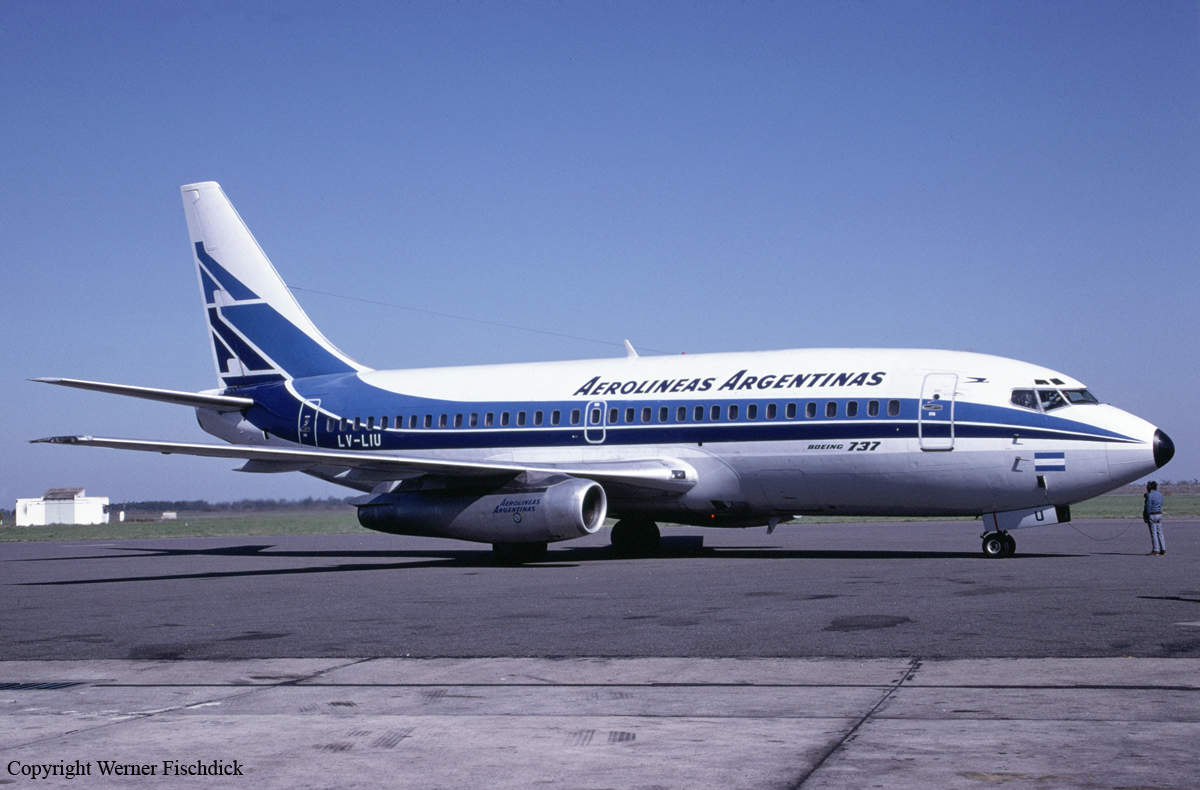
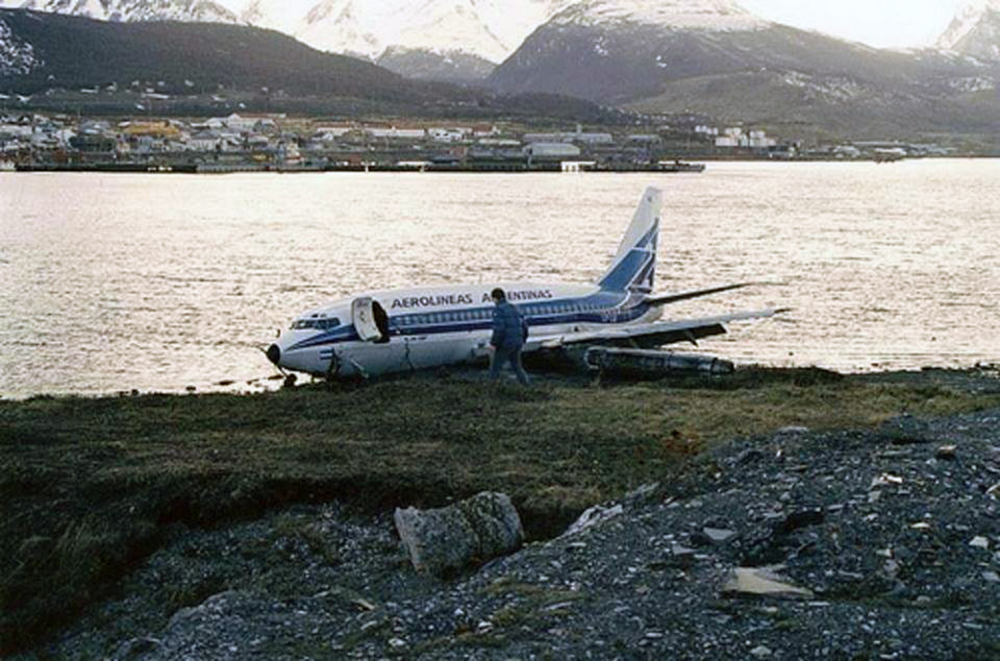
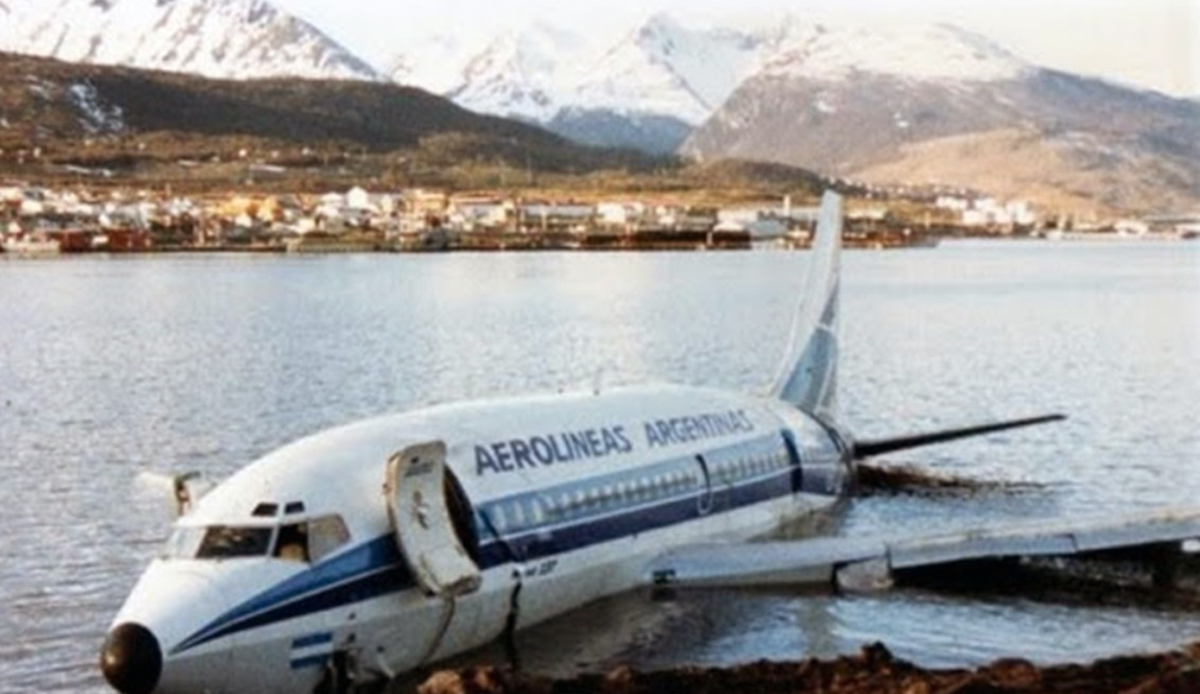
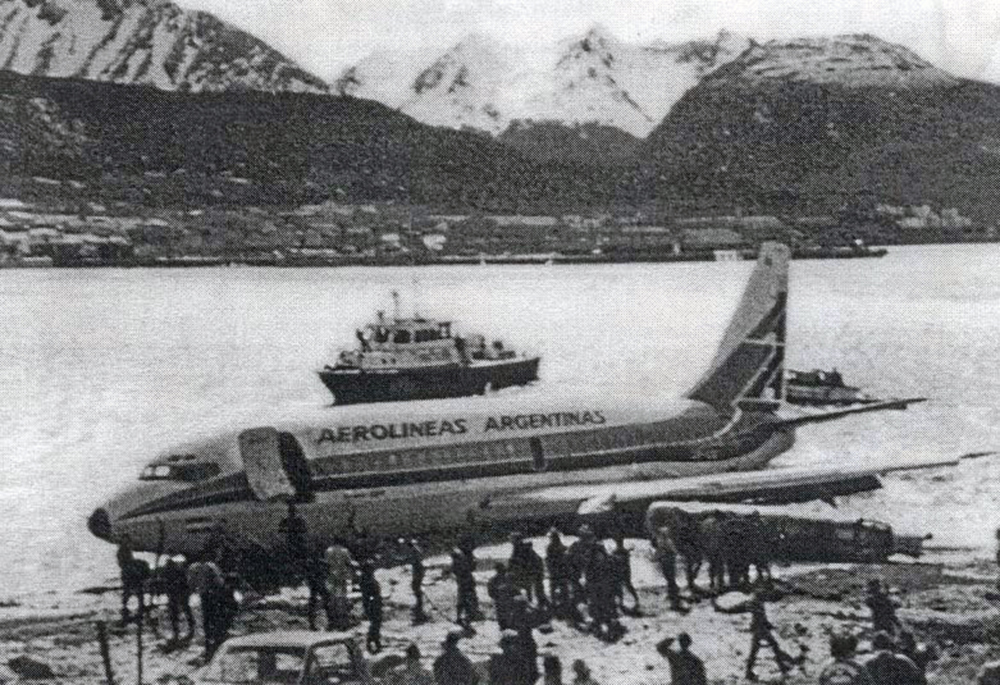
Crash of a Boeing 707-387C in Buenos Aires
Date & Time:
Jan 27, 1986 at 0759 LT
Registration:
LV-JGR
Survivors:
Yes
Schedule:
Basel – São Paolo – Buenos Aires
MSN:
19961
YOM:
1968
Crew on board:
4
Crew fatalities:
Pax on board:
1
Pax fatalities:
Other fatalities:
Total fatalities:
0
Circumstances:
Following an uneventful cargo flight from Basel via São Paolo, the crew started the approach to Buenos Aires in marginal weather conditions. On final, the aircraft was too high on the glide and landed too far down the runway. Unable to stop within the remaining distance, it overran, struck an embankment and came to rest 120 meters further. All five occupants escaped uninjured while the aircraft was damaged beyond repair.
Probable cause:
Wrong approach configuration on part of the crew who continued the approach above the glide following an erratic appreciation of the situation. This caused the aircraft to land too far down the runway at an excessive speed. At the time of the accident, the runway surface was wet and the wind was gusting from 240° at 30 knots.
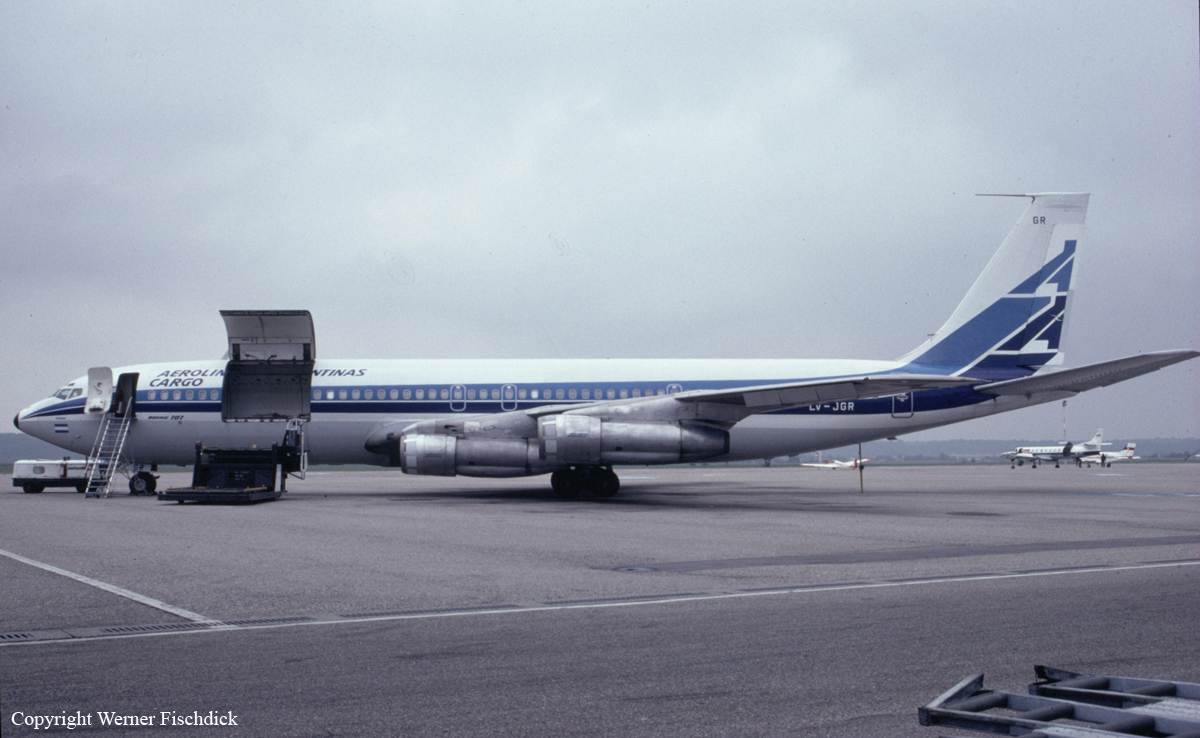
Crash of a Fokker F28 Fellowship 1000 in Concordia
Date & Time:
Nov 15, 1975
Registration:
LV-LOB
Survivors:
Yes
Schedule:
Buenos Aires - Condordia
MSN:
11086
YOM:
1974
Crew on board:
4
Crew fatalities:
Pax on board:
56
Pax fatalities:
Other fatalities:
Total fatalities:
0
Aircraft flight hours:
1618
Aircraft flight cycles:
2816
Circumstances:
Following an uneventful flight from Buenos Aires, the crew initiated the descent to Concordia-Comodoro Pierrestegui Airport in good weather conditions and under VFR mode, the pilot-in-command failed to realize his altitude was too low when the left wing struck a tree located 4 km short of runway 21. The aircraft stalled, struck the ground, lost its undercarriage and slid for several dozen meters before coming to rest. All 60 occupants were evacuated, among them 10 were injured.
Probable cause:
Weather conditions were good and the approach was completed under VFR mode. Nevertheless, the crew descended below the MDA, causing the aircraft to struck obstacles.
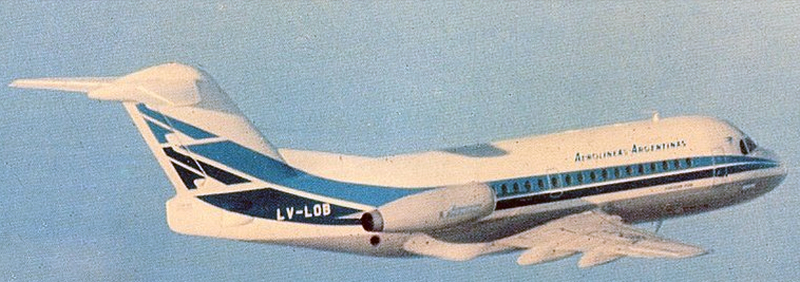
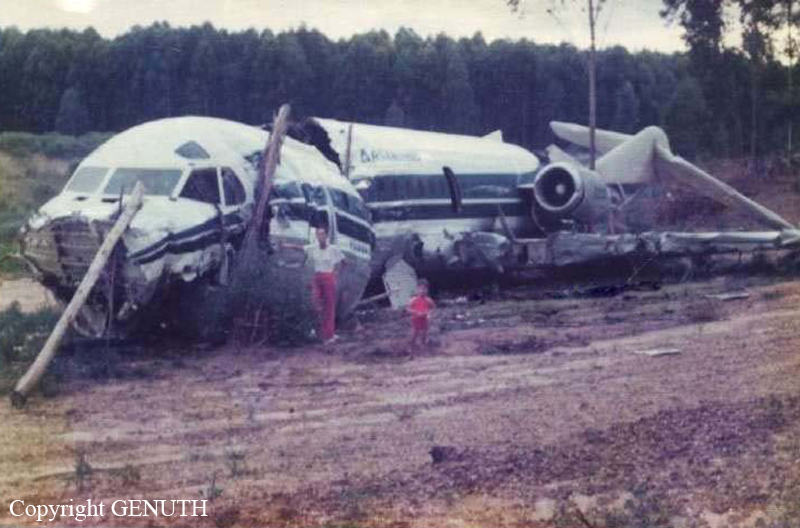
Crash of an Avro 748-1-105 in Sarmiento
Date & Time:
Dec 19, 1970
Registration:
LV-HHH
Survivors:
Yes
Schedule:
Esquel - Sarmiento
MSN:
1546
YOM:
1962
Flight number:
AR682
Crew on board:
4
Crew fatalities:
Pax on board:
24
Pax fatalities:
Other fatalities:
Total fatalities:
0
Aircraft flight hours:
21542
Aircraft flight cycles:
17282
Circumstances:
For unknown reason, the twin engine aircraft landed hard at Sarmiento Airport. Upon touchdown, the nose gear collapsed, causing both propellers to struck the ground. The airplane slid for several yards before coming to rest. There were no injuries among the 28 occupants.
